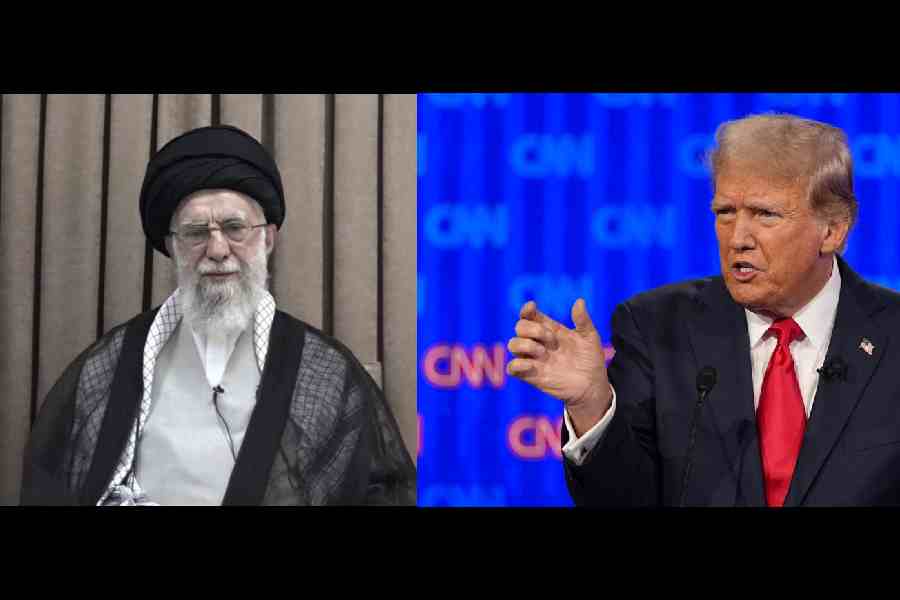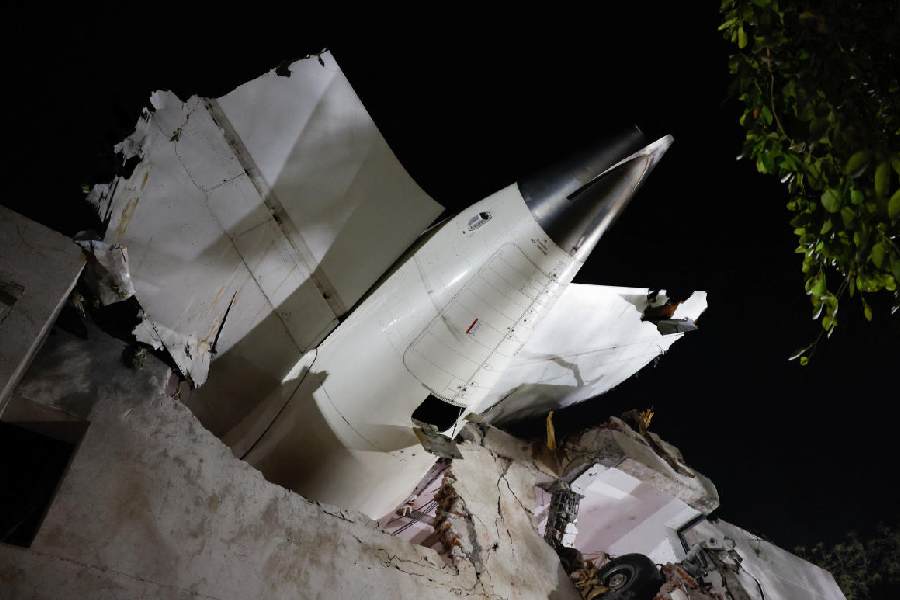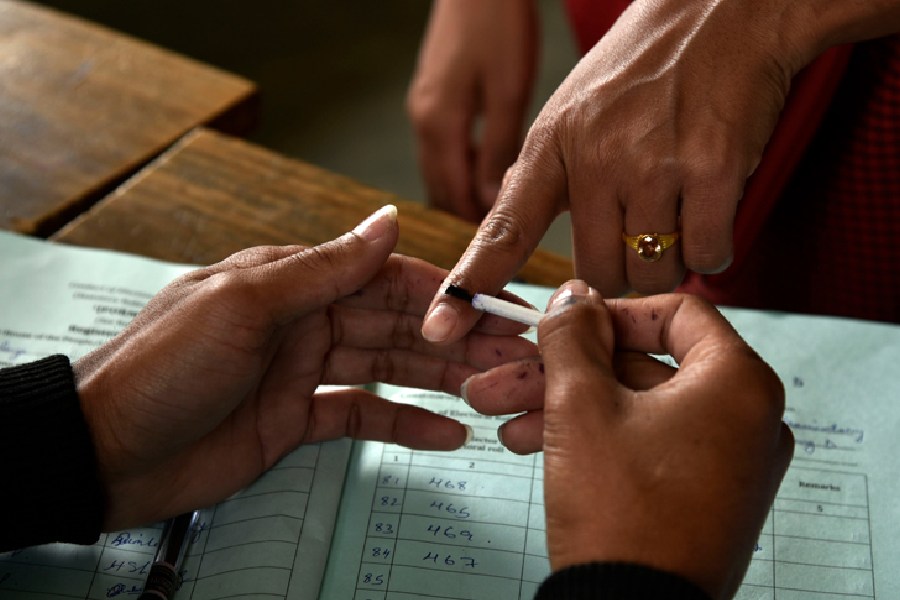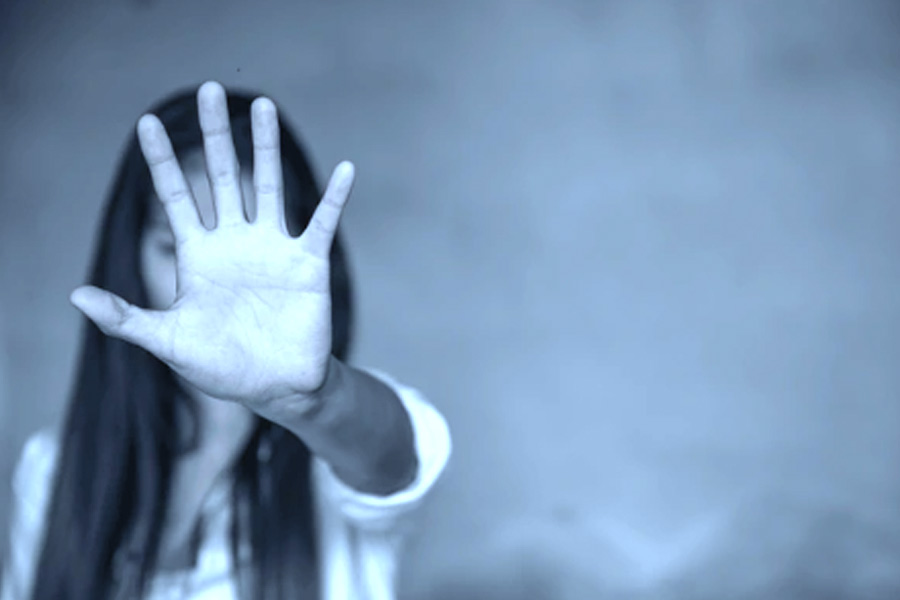Even the most agile of subjects can be rendered lifeless by the flatness of tone. HORSE RACING IN INDIA: A ROYAL LEGACY (Niyogi, Rs 6, 000) by Lynn Deas is proof of this. It is, however, a comprehensive history of the sport in the country, its evolution and the contributions of Indian and British royalty to it.
From the first recorded race that was held on January 22, 1795 - seven horses competed for the prize of 200 star pagodas - India's love for racing has only grown. The book presents an arena free from divisions of caste, colour and religion. An Englishwoman's memoir notes, "You may see in the crowd a Bombay European exquisite by the side of a... fakir. Here is a group of parsees - there is a Jew; and there are Hindoos of all castes [and] Mussulmans." This profile of the racegoer evolved over time and racing became a gentlemanly pastime.
If one can plod through the book, they will learn that not only did royal families in India bequeath a great deal of glamour to the game, they also played a key role in keeping the sport alive through some of its most trying phases. One such phase was during the Second World War when the race courses were put at the disposal of the military and the import of horses dwindled owing to a lack of shipping space. The upside to this was that the Indian breeding industry gained momentum. It was boosted further by the Swadeshi movement which pushed for an 'Indianization' of racing.
Horse racing survived after Independence - provincial governments wanted to do away with it - because of the massive revenue raked in from the licensing fees and the betting tax. At first, the fortunes were reserved for the privileged, the local punter had no chance to try his luck. The coming of the bookmakers and the 'totalisator' - a machine that introduced new forms of betting - opened the game up to the masses.
The book can be heavy - literally and metaphorically - even for a racing enthusiast. The layman, however, will find himself at sea with the narrative that shuttles back and forth between eras. It packs centuries of information into a couple of hundred pages. An anecdotal approach might have helped its cause. The photographs of rolling race tracks, mostly devoid of man and beast, are boring. In spite of a chapter on breeding not much is said about the desirable statistics of the best racers. Some of their names, however, are interesting: Bachelor's Wedding, Own Opinion and Chaitanya Chakram.

Even as late as 1961, a visit by British royalty was the most important event in the racing calendar, above is the souvenir programme from a visit by Queen Elizabeth II. Below is a painting of Skinner's Horse, an independent cavalry unit, participating in a skill-at-arms exercise. The British cavalry often bred their own mounts and was greatly responsible for improving India's "kitchen garden" breeding programmes.











